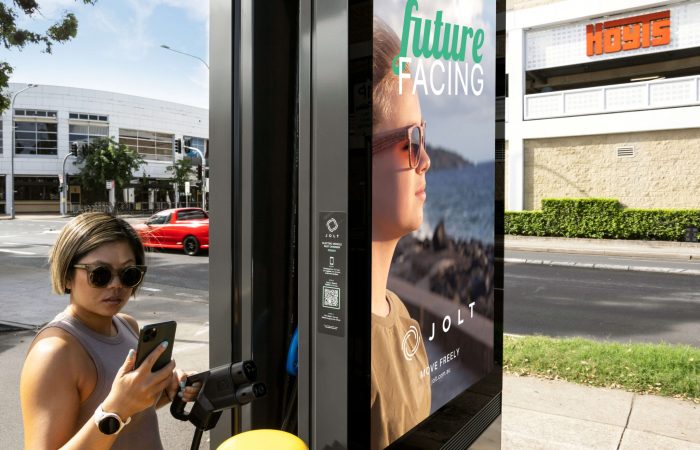Warming global temperatures and an increase in severe weather patterns have highlighted the increasing urgency to help protect the environment. As a result, authorities are taking numerous measures across the globe, including reducing emissions from gas-powered vehicles.
In Canada, the government has pledged to ban the sale of all gas-powered cars from 2035. Although the deadline is more than a decade away, there’s still a need to have the infrastructure available. However, many people are already adopting electric-powered vehicles regardless of the deadline and being prepared means having a network of charging stations for drivers to use on journeys.
Overcoming Range Anxiety
One of the greatest obstacles holding many people back from switching to electric-powered vehicles is range anxiety. Range anxiety is the term for concern about batteries running out of power with no charging station in range. One way to overcome range anxiety is to ensure there are enough chargers along the route, especially for drivers who regularly travel over long distances.
The Canadian government has been working to provide the required infrastructure, having spent approximately $1 billion since 2015. However, more is still needed to help encourage people to buy into the electric revolution. The situation has been described as a ‘chicken and egg’ situation: People are reluctant to purchase electric vehicles without the right infrastructure, and businesses are reluctant to install chargers without enough EV owners to use them.
Matching the Surge in Sales
Going by recent trends, Canada has a challenge on its hand to ensure sufficient EV infrastructure. In 2020, 46,822 electric vehicles were sold. However, in 2021, that figure was 66,815. The increase in EV sales has been partially spurred on by incentives from the Canadian government to encourage people to switch to electricity from gas.
Other reasons for the increase in EV vehicles on the roads include the improved performance levels as the technology advances. Ranges are increasing, efficiency is improving, and EVs now boast impressive performance stats such as acceleration that would put most gas-powered sports cars to shame.
There are also the lower running costs to consider. For one thing, EVs have fewer moving parts which, in turn, means less need for maintenance and repairs. For another, EVs cost considerably less than gas-powered cars when it comes to filling up the tank.
What’s more is that companies like JOLT offer up to 7 KWh free every day, after which you are charged only $0.03 KWh. Such a deal could help save more than $800 annually, making owning an electric vehicle much more affordable for a lot of people. Of course, a lot of people won’t even use their car every day. Yet, thanks, they can still charge their cars for free even when they’re not being used, helping to keep the battery full.
Summary
Like much of the rest of the world, Canada is gradually shifting away from gas and toward electric-powered vehicles. While many people feel governments are still not doing enough, it is at least progress that will hopefully be built upon in the future before we eventually reach net zero. Regardless, the transformation is already underway, and
More fast chargers will be needed to meet the demand, and the Canadian government has taken steps to help ensure enough chargers are available. Private companies are also installing new chargers around the country, while many households have chargers installed in their homes.
While no official figure has been put on how many chargers are needed, the increased demand for EV vehicles means authorities and businesses will need to work to keep up.




